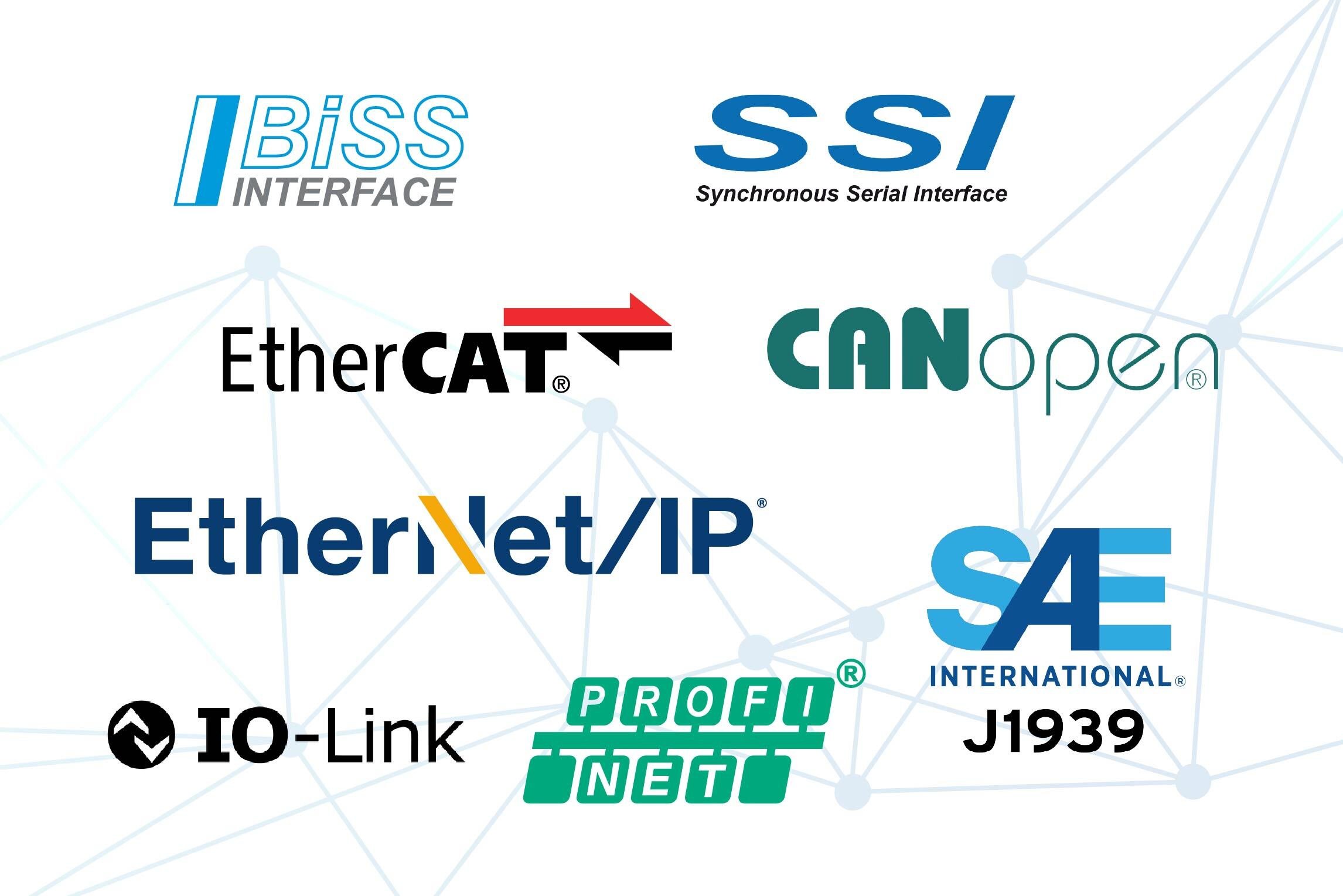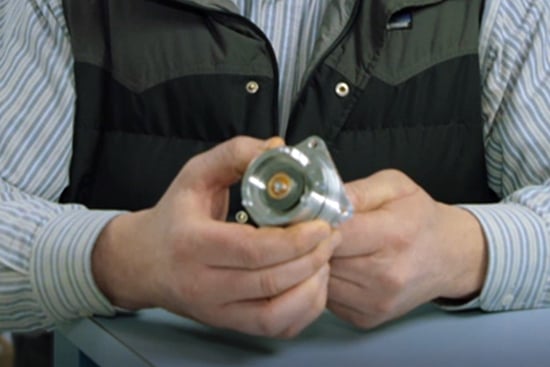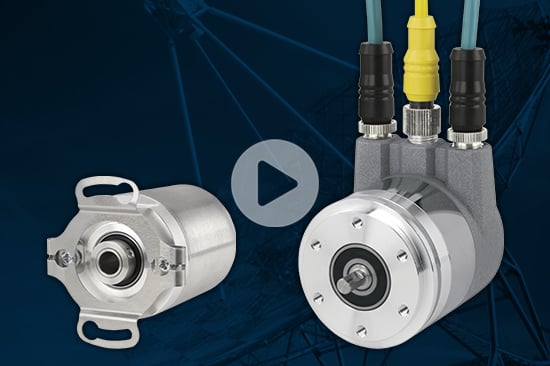What Are the Limitations of Encoders?
While encoders outshine on precision and integration, they have some weaknesses arising from their sophisticated optical/electronic construction:
Sensitivity to Contamination
Dust, fibers, fluids, and oils can obstruct/interfere with the optic sensor inside encoders, leading to signal degradation or complete failures.
Limited Temperature Range
Most encoders employ electronics and LED/laser sources and have a standard operating temperature of -20C to 85C with options for -40C to 120C, which is still applicable for many motor or automotive conditions.
Noise Susceptibility
Long cable runs make encoder signals prone to electrical interference, which gets superimposed as position errors demand shielded wires.
Fragility and Shorter Lifespan
High-resolution glass/tape scales wear out over time. Also, mechanical knocks can easily displace/damage the internal optics. The mean time between failures is lower than resolvers.
Engineers must take precautions to protect encoders from adverse particulates, temperatures, vibrations, shocks, and moisture levels for reliable functioning. Backlash, motor noise, and encoder nonlinearities/hysteresis also affect metrological performance. Proper installation and handling are key to utilizing their best-in-class resolution capabilities.
Read more about encoders in inhospitable environments.




